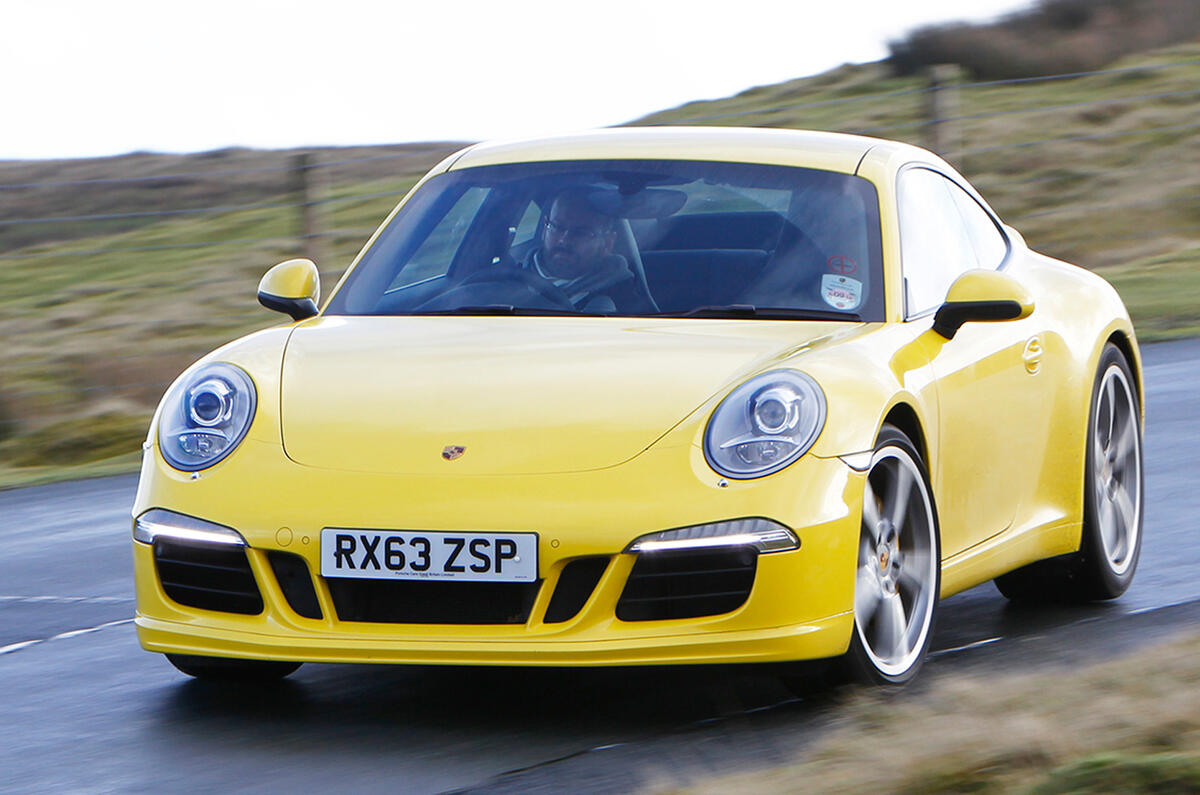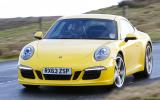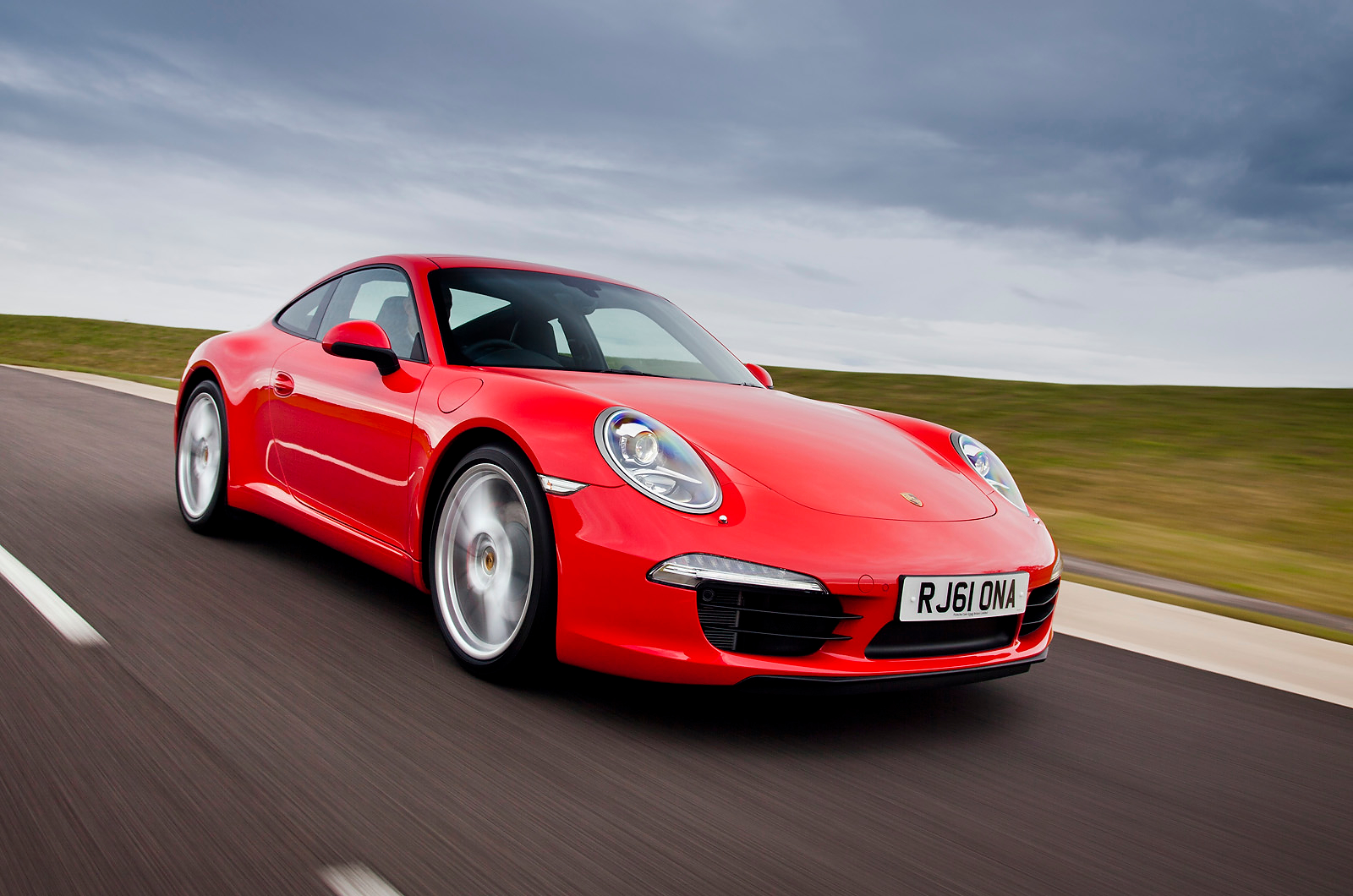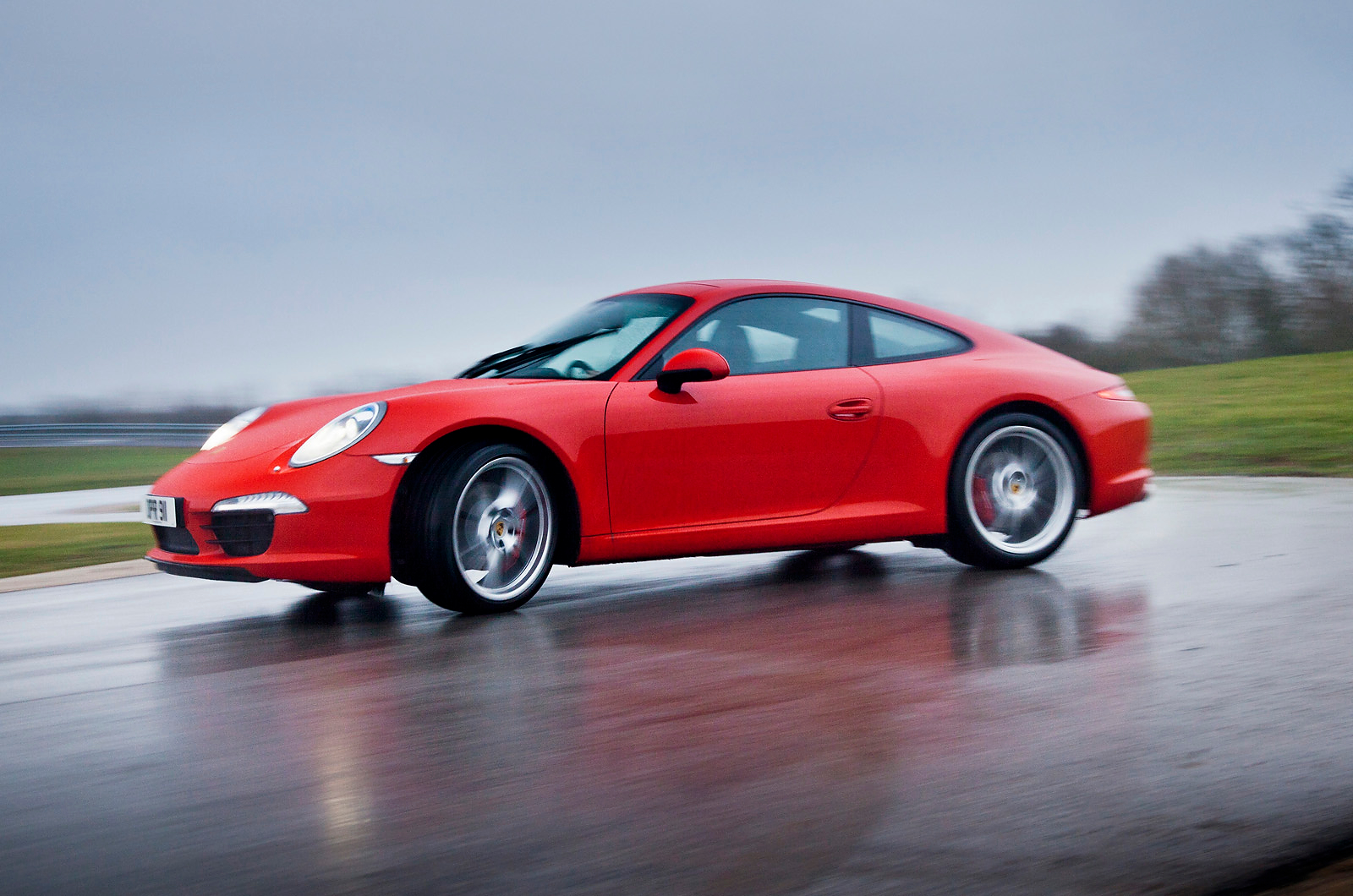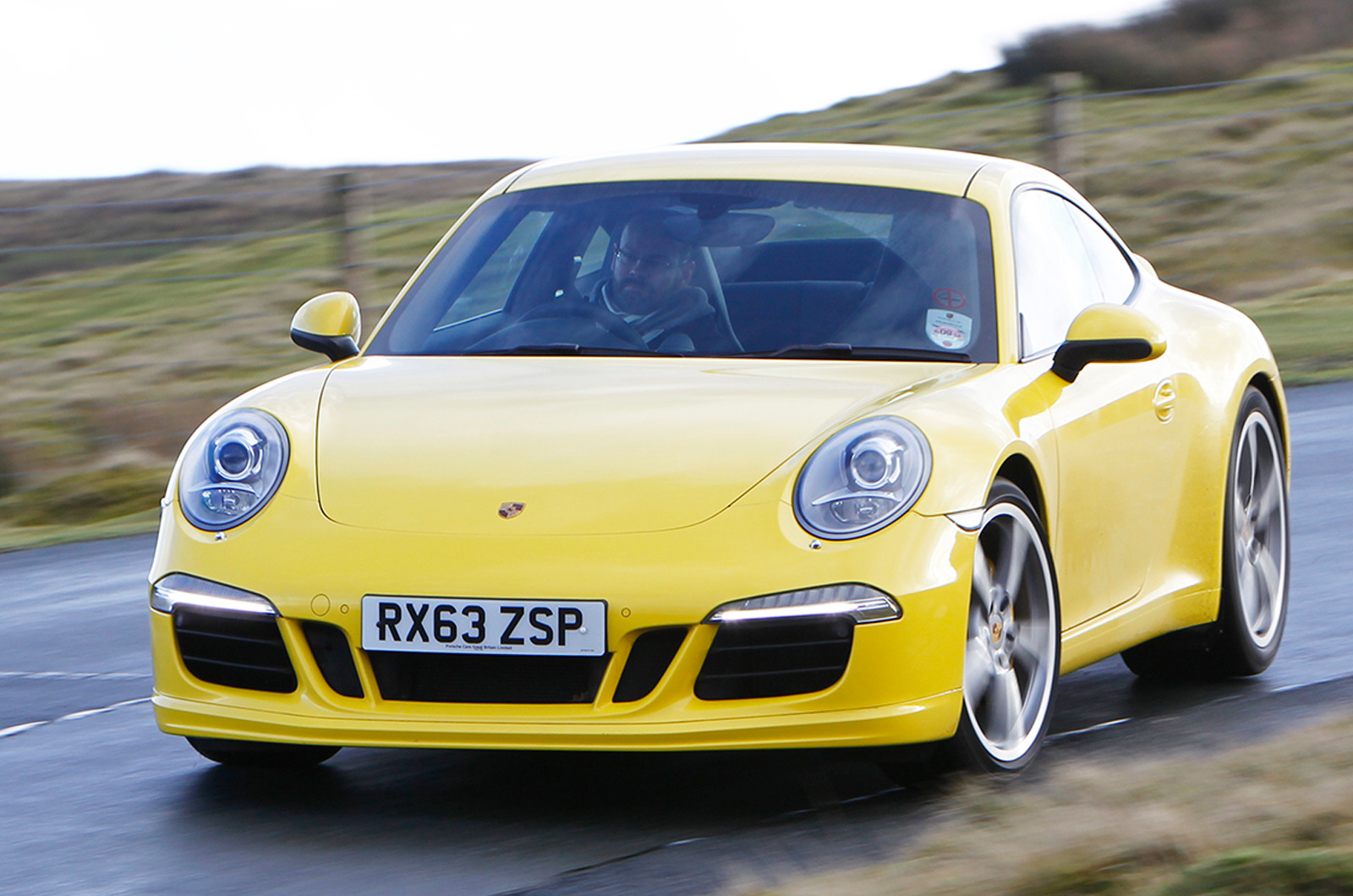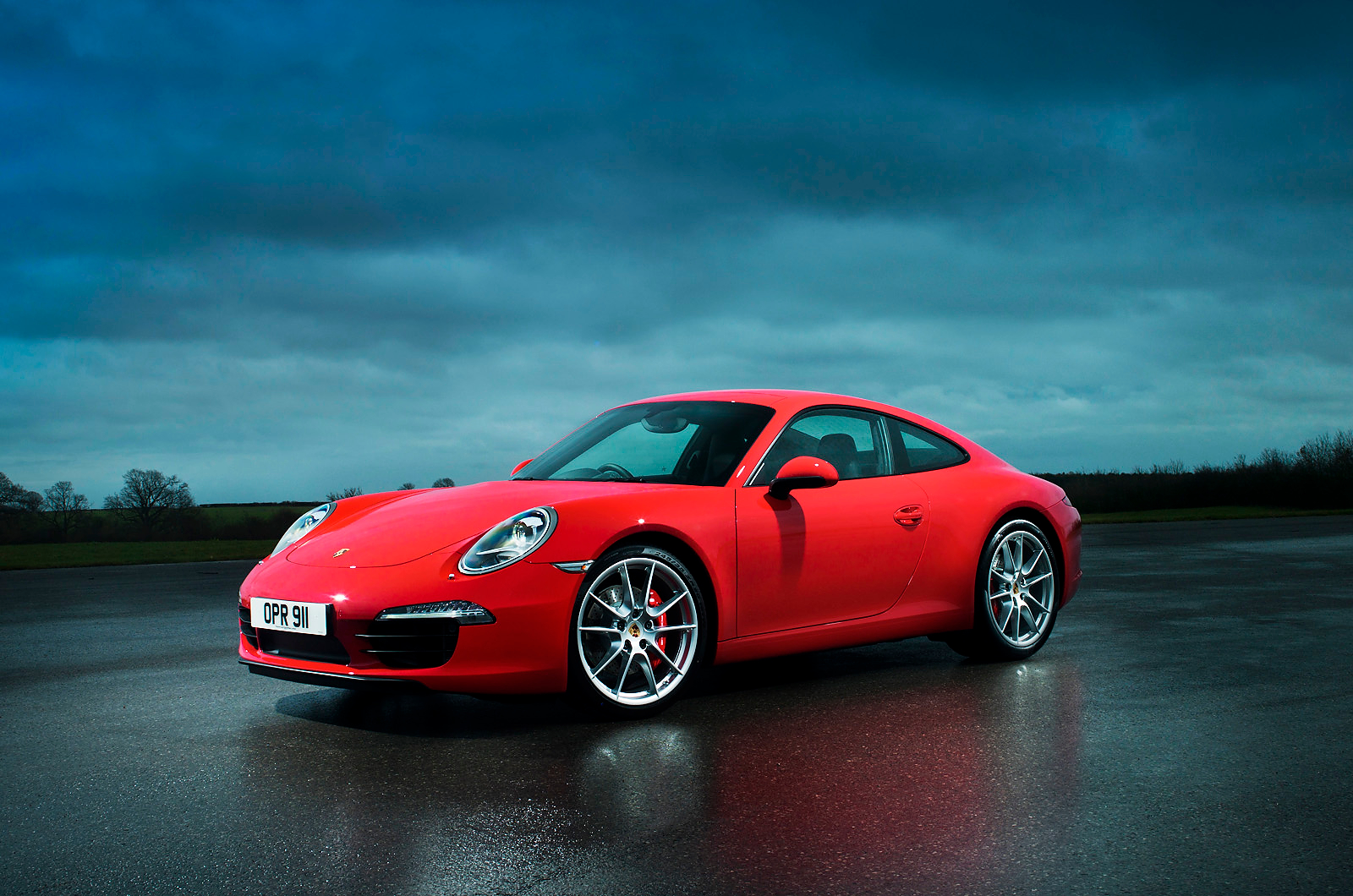The Porsche 911 must be one of the world’s best adverts for the power of continuous product improvement.
Conceived as a larger, more comfortable successor to the Porsche 356 and originally powered by a 2.0-litre, 128bhp flat six engine, this effervescent sports car has kept up with the standards of the market’s freshest performance machinery through nearly half a century of technical evolution and refinement.
Technologies such as direct fuel injection, turbocharging, four-wheel drive and, most famously, water cooling have been seamlessly integrated, but all the while the 911's legendary and utterly beguiling motive character has survived undimmed.
But never has this car taken such a significant leap as the one that delivered it from 997 to this generation, the 991. With 90 percent of the car’s mechanical ingredients new or improved, this 911 features completely new axle dimensions, electromechanical power steering, a downsized engine, a construction richer in aluminium than ever before and the passenger car’s first seven-speed manual gearbox.
That the car still looks so much like the familiar 911 is proof that Porsche knows and values what it's got in this evergreen sporting asset.
And yet, in spite of the protestations of so many dyed-in-the-wool Porsche devotees, Zuffenhausen clearly isn't afraid to do what's necessary to keep this automotive legend current and competitive.


